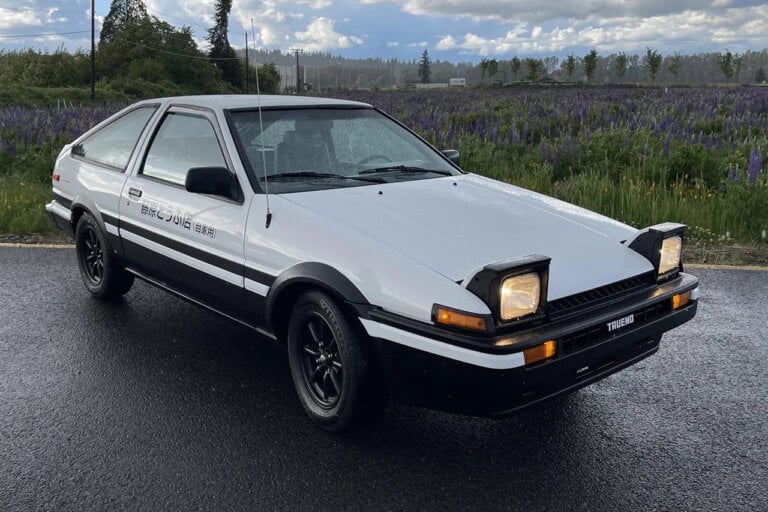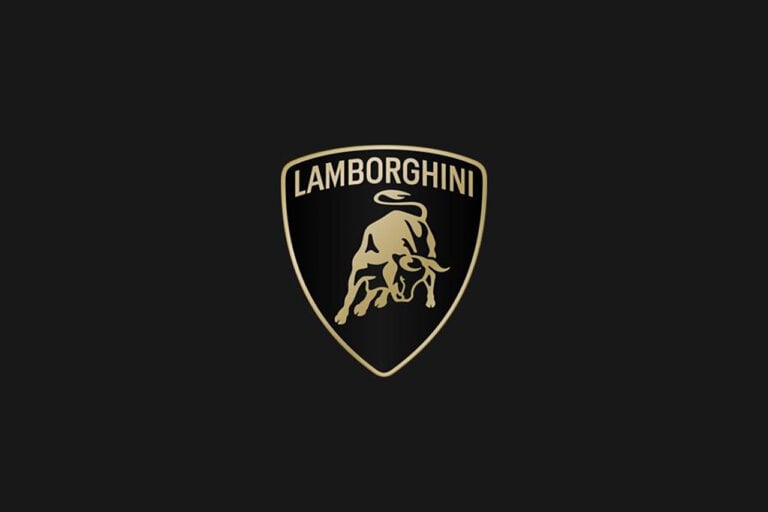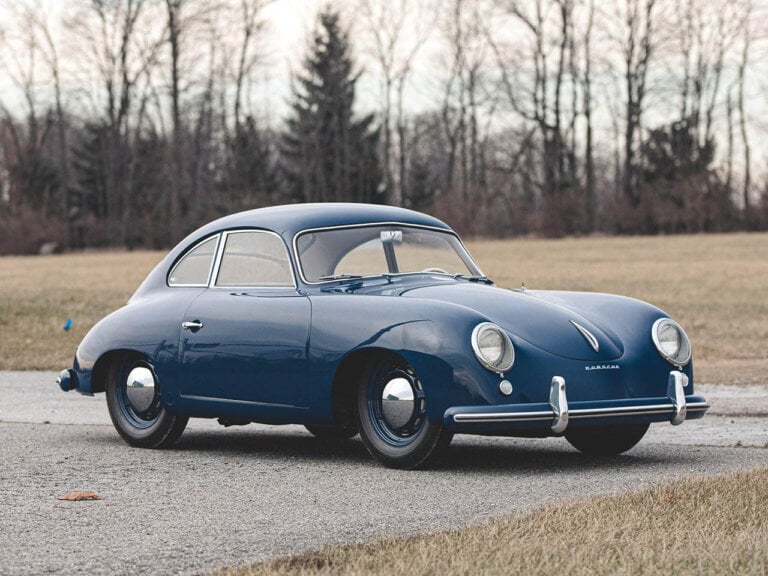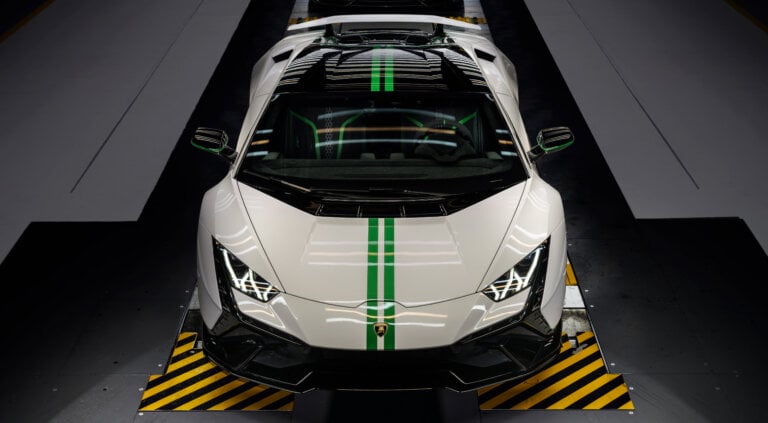
Source: Motofutura
The Chevrolet El Camino or even the GMC Caballero stands as a unique and iconic model in automotive history, blurring the lines between car and truck with its innovative design. Born out of a need for versatility and practicality, the El Camino quickly became a symbol of American ingenuity and style. Its connection to the Chevrolet Chevelle, a popular mid-size car of its time, further solidified its place in the hearts of enthusiasts. Over the course of five generations, the El Camino evolved, adapting to changing automotive trends and consumer demands. In this article, we delve into the origins of the El Camino, its relationship with the Chevelle, and a breakdown of each generation along with their engine specifications.

Source: Motofutura
The inception of the Chevrolet El Camino can be traced back to the late 1950s, a time when American car manufacturers were exploring new concepts to meet the evolving needs of consumers. The idea behind the El Camino was to offer the utility of a truck combined with the comfort and drivability of a car. It was envisioned as a versatile vehicle that could serve both personal and commercial purposes, appealing to a wide range of buyers. Interestingly enough the Chevy Chevelle, introduced in 1964, provided the platform for the first generation of the El Camino. Sharing many components with the Chevelle, including its chassis and drivetrain options, the El Camino was essentially a pickup truck version of the Chevelle. This shared architecture allowed Chevrolet to streamline production and leverage the success of the Chevelle in the burgeoning muscle car market.

First Generation (1959-1960)

Source: Chevrolet
The debut of the Chevrolet El Camino in 1959 marked the beginning of a new era in automotive design. Based on the full-size Chevrolet platform, the first-generation El Camino featured a sleek, car-like body mounted on a truck chassis. Engine options ranged from economical inline-sixes to potent V8s, with horsepower ranging from 135 to 315. Torque figures varied accordingly, with the most powerful V8 engines producing upwards of 400 lb-ft.

Second Generation (1964-1967)

With the introduction of the second generation in 1964, the El Camino transitioned to the mid-size Chevelle platform. This generation saw a more refined design, with cleaner lines and improved aerodynamics. Engine options remained similar to the first generation, with small-block and big-block V8s delivering impressive performance. Horsepower ratings ranged from 120 to over 400, depending on the engine configuration.

Source: Chevy
Third Generation (1968-1972)

Source: Bring-A-Trailer
The third generation of the El Camino, introduced in 1968, featured a complete redesign with a focus on performance and comfort. The iconic “Coke bottle” styling gave the El Camino a muscular and aggressive appearance, reflecting the trends of the era. Engine options expanded to include a range of small-block and big-block V8s, with horsepower ratings reaching as high as 450 in the top-tier SS models. Torque figures similarly climbed, with some engines producing over 500 lb-ft of torque.

Source: Bring-A-Trailer
Fourth Generation (1973-1977)

Source: Bring-A-Trailer
The fourth generation of the El Camino, debuting in 1973, coincided with the oil crisis and changing consumer preferences. As fuel economy became a priority, engine options shifted towards smaller-displacement V8s and inline-sixes. Horsepower and torque figures decreased accordingly, with the most powerful engines producing around 240 horsepower and 300 lb-ft of torque. Despite these changes, the El Camino remained popular among buyers seeking a balance of utility and efficiency.
Fifth Generation (1978-1987)

Source: Bring-A-Trailer
The fifth and final generation of the El Camino, spanning from 1978 to 1987, represented the culmination of decades of innovation and refinement. With a focus on comfort and convenience, this generation featured modern amenities such as air conditioning, power windows, and improved sound insulation. Engine options continued to evolve, with electronic fuel injection becoming increasingly common. Horsepower and torque figures varied depending on the engine choice, with some models boasting over 200 horsepower and 300 lb-ft of torque.


The Chevrolet El Camino remains a testament to the ingenuity and versatility of American automotive engineering. From its humble beginnings as a hybrid car-truck concept to its evolution through five generations, the El Camino has left an indelible mark on automotive history. Its connection to the Chevy Chevelle ensured its success, while its unique blend of style, performance, and practicality endeared it to generations of enthusiasts. Whether hauling cargo on the worksite or cruising down the open road, the El Camino continues to evoke a sense of nostalgia and admiration among automotive enthusiasts worldwide.

Source: Motofutura









